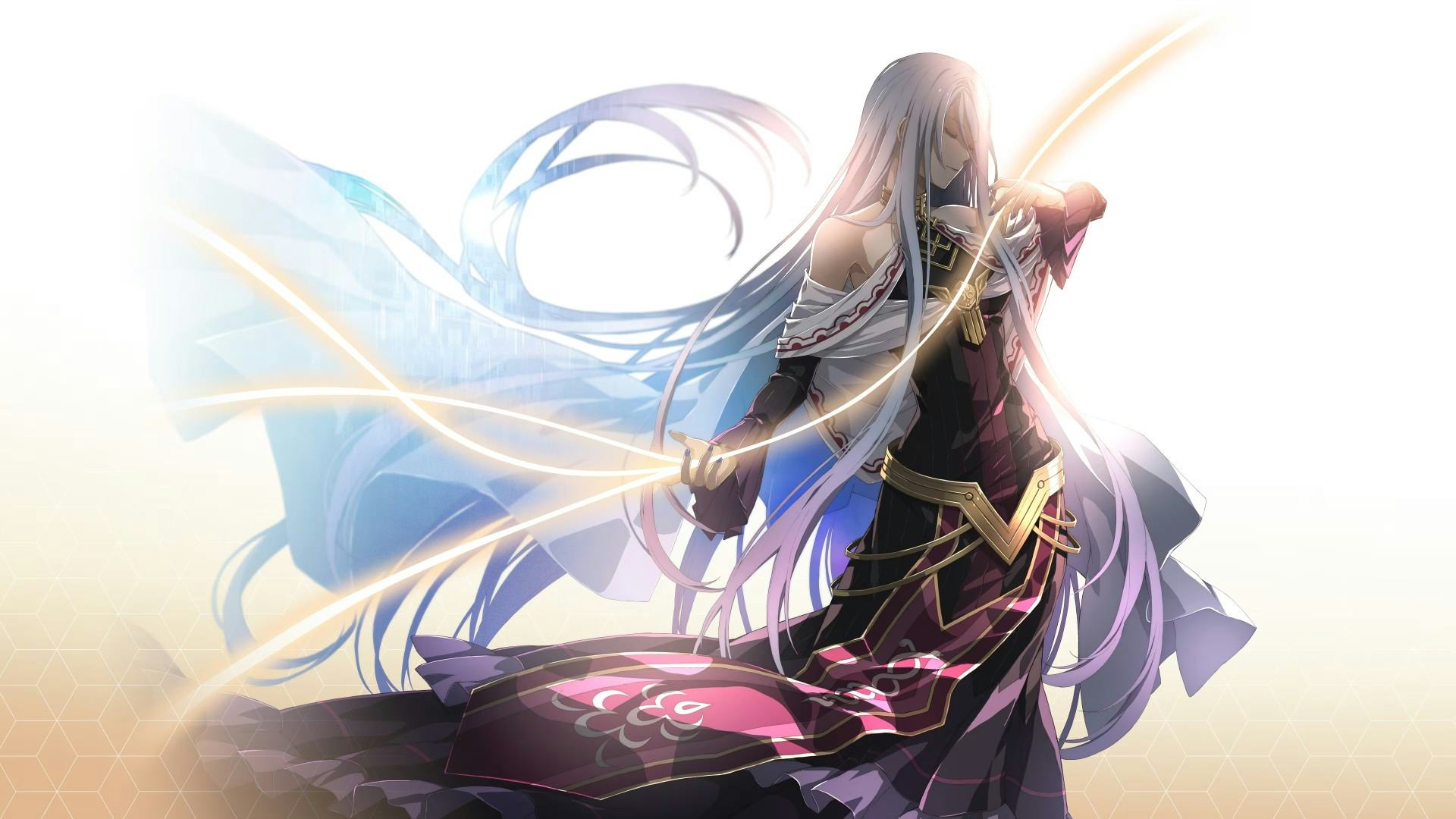
The big selling point of the Trails series has always been its vast tangled web of an overarching narrative. For almost two decades, developer Nihon Falcom has invited players to explore its convincing fantasy world of Zemuria, filled with dynamic politics, warring countries, and dense lore. Now, 19 years after that story began with Trails in the Sky, the entire epic odyssey is coming to an impressive conclusion.
Trails into Reverie is essentially the Avenger’s Endgame of The Legend of Heroes series, throwing together an absolutely staggering cast of characters that fans have grown to know and love across nine different games. It’s a grand finale with emotional payoff in spades, all while introducing interesting new plot threads and gameplay mechanics.
Of course, it practically goes without saying at this point that Trails into Reverie requires knowledge of past games (at the very least the Trails of Cold Steel quadrilogy). It’s certainly not a good entry point for anyone looking to get into the series, but for those already along for the ride, Reverie is an unforgettable finale — before Trails moves onto its next phase.
Reaching New Heights
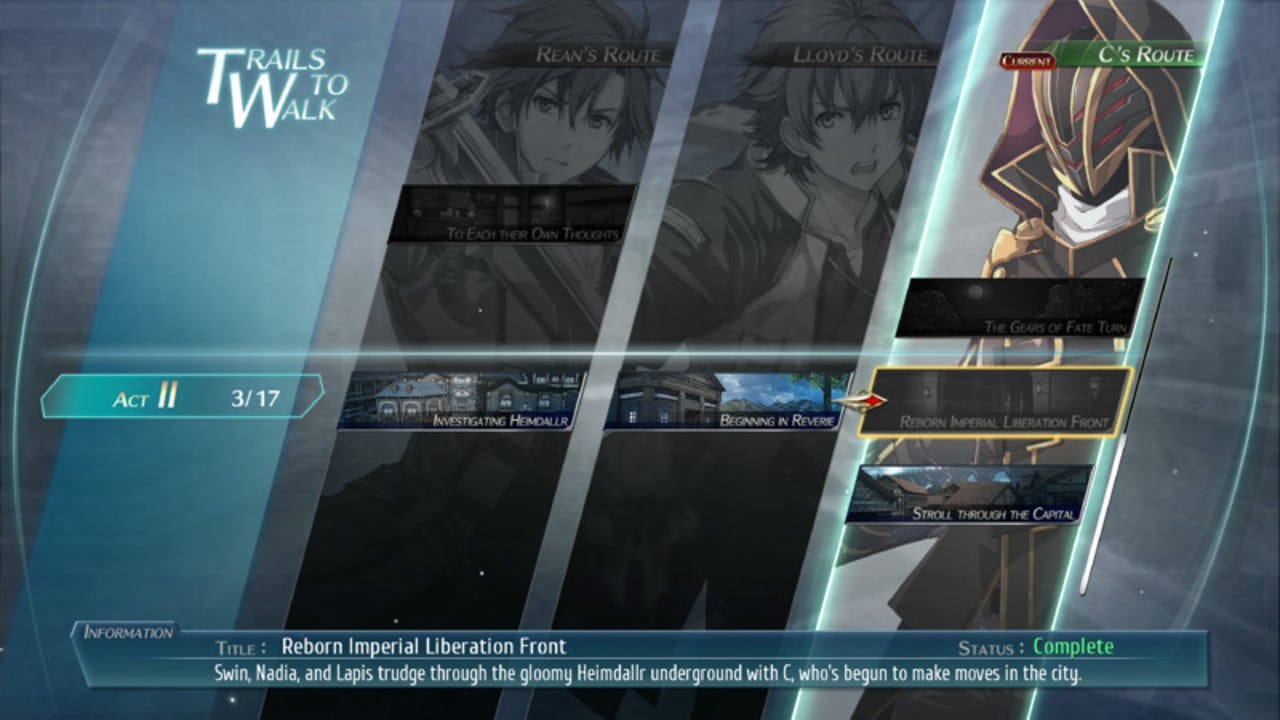
The biggest defining feature of Trails into Reverie is its new storytelling style, which instead of one continuous story is split into three different character routes called the “Trails to Walk” system. At any time you can switch between three character stories that all intertwine with the overall narrative. Here’s a quick breakdown of each character and their story:
- Lloyd Bannings, the hero of the Crossbell games; and the liberation of the city of Crossbell itself
- Cold Steel protagonist Rean Schwarzer; and how the country is rebuilding itself after the war
- A mysterious new character named “C,” who resurrects a terrorist organization put down by Rean in the Cold Steel games
This new system means Trails into Reverie is far more linear than past games, eliminating a lot of the sidequests and exploration. The tradeoff is that the narrative’s pacing is much improved. Big events move along quickly, which is a much-needed change from Cold Steel 4’s abysmally slow pacing.
But what’s most impressive is how Trails into Reverie somehow manages to give all of its over 50 playable characters time to shine. There are multiple plotlines and threads from past games, leading to an incredible sense of culmination as Reverie caps off over a decade of storytelling.
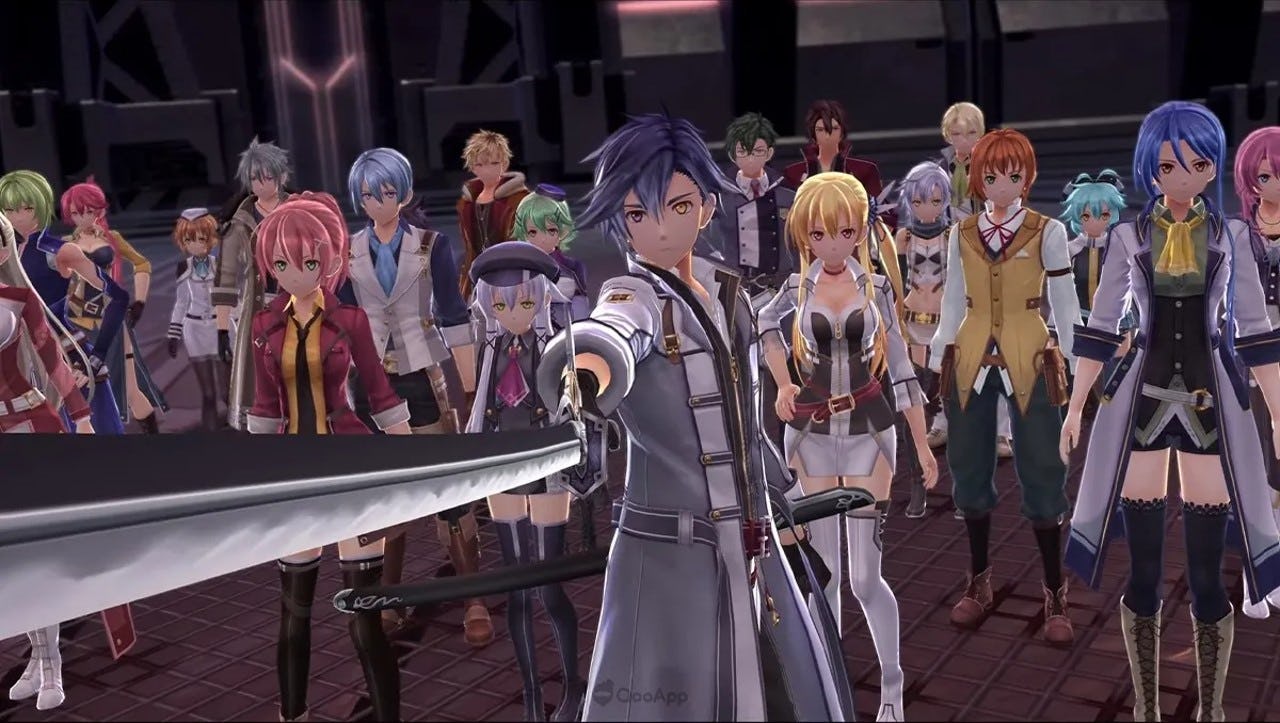
Reverie is also one of the best stories Falcom has ever told. There are some really interesting moments packed in, like swapping back and forth as two of your parties battle each other. Trails into Reverie also effectively uses a lot of the overarching narrative themes of the franchise, like the dangers of rapid technological progress and redemption from past sins.
The other big change here is a new system called the “True Reverie Corridor,” which is clearly inspired by the wildly different previous entry, Trails in the Sky the 3rd. This otherworldly realm lies apart from the main game and essentially works as a procedurally generated dungeon you can enter at any time (after reaching a certain point in the game). By exploring the Reverie Corridor, you can level up your characters, unlock “Memories” that help flesh out the story, play minigames, and even unlock new playable characters. It’s a surprisingly dynamic system that helps give the player a lot of customization options and holds some of the game’s tougher challenges. Of course, there’s also a narrative conceit for the entire thing, which means even though it sits “outside” of the main story, it feels like a vital piece of the overall puzzle.
A Winning Formula
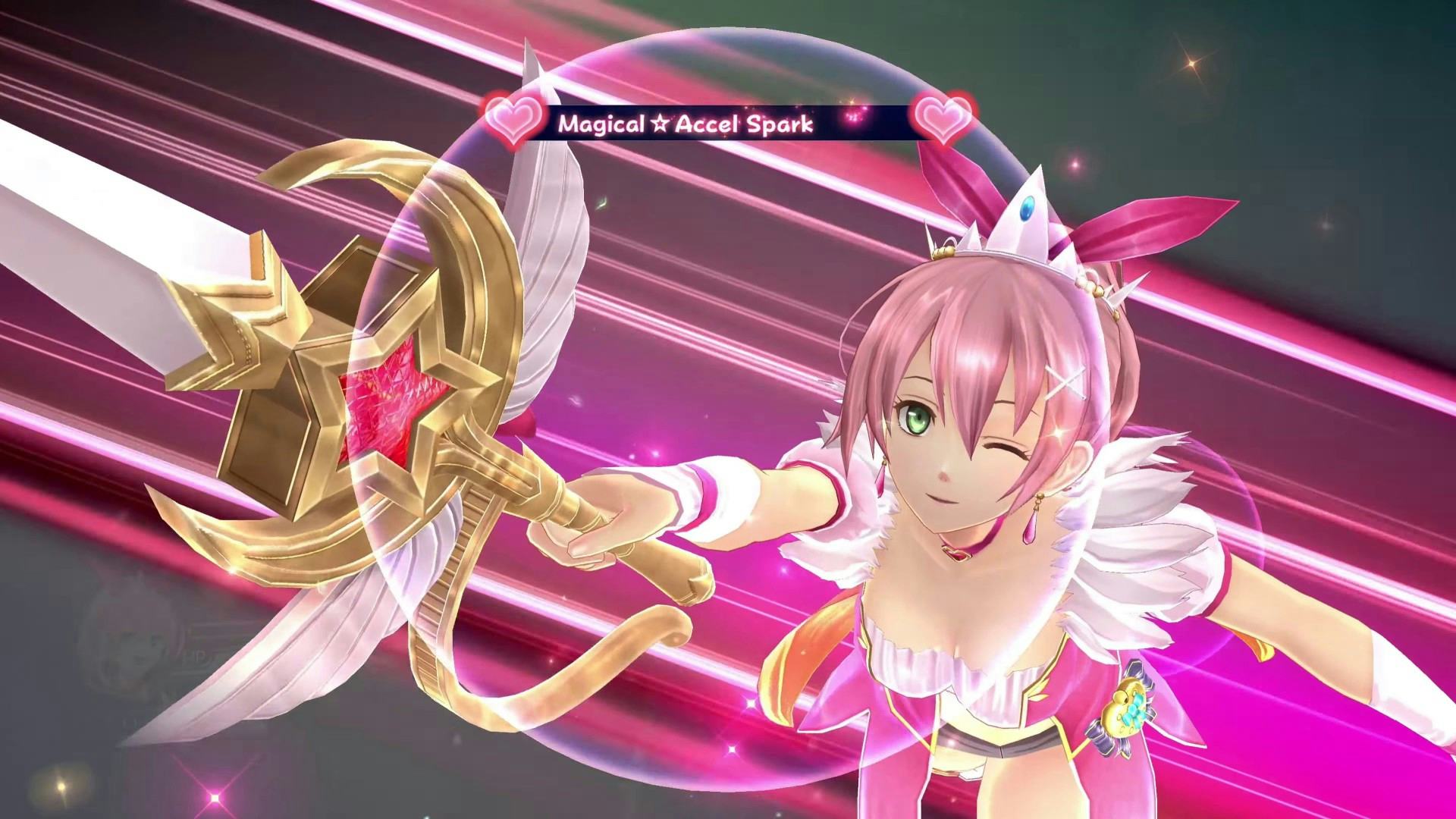
Apart from the new narrative style and Reverie Corridor, combat and gameplay remains largely the same, with a few minor additions. I’m not going to get too in the weeds explaining combat, as again, Trails into Reverie is absolutely not a great entry point to the franchise, and if you’re coming off the Cold Steel games everything will immediately be familiar.
Combat revolves heavily around character customization and placement during battle, and past systems like Brave Orders, follow-up attacks, and characters links all return. The one new addition is an “All For One” system that lets you expend an Assault Gauge during battle to have your entire party (including standby members) attack or heal all at once, also granting a brief stat boost for a couple of turns. There’s also a new ultra-rare type of Quartz that you can slot into character’s Orbments to grant huge stats boosts or super powerful artes.
If there’s one noticeable flaw to point out with Trails into Reverie, it’s the game’s overall presentation. Falcom has been using the same engine for years now, and it shows its age in Trails to Reverie. There’s a bigger emphasis put on character animations during big cutscenes (and those are great), but otherwise, Trails into Reverie offers very little improvement over the past few games.
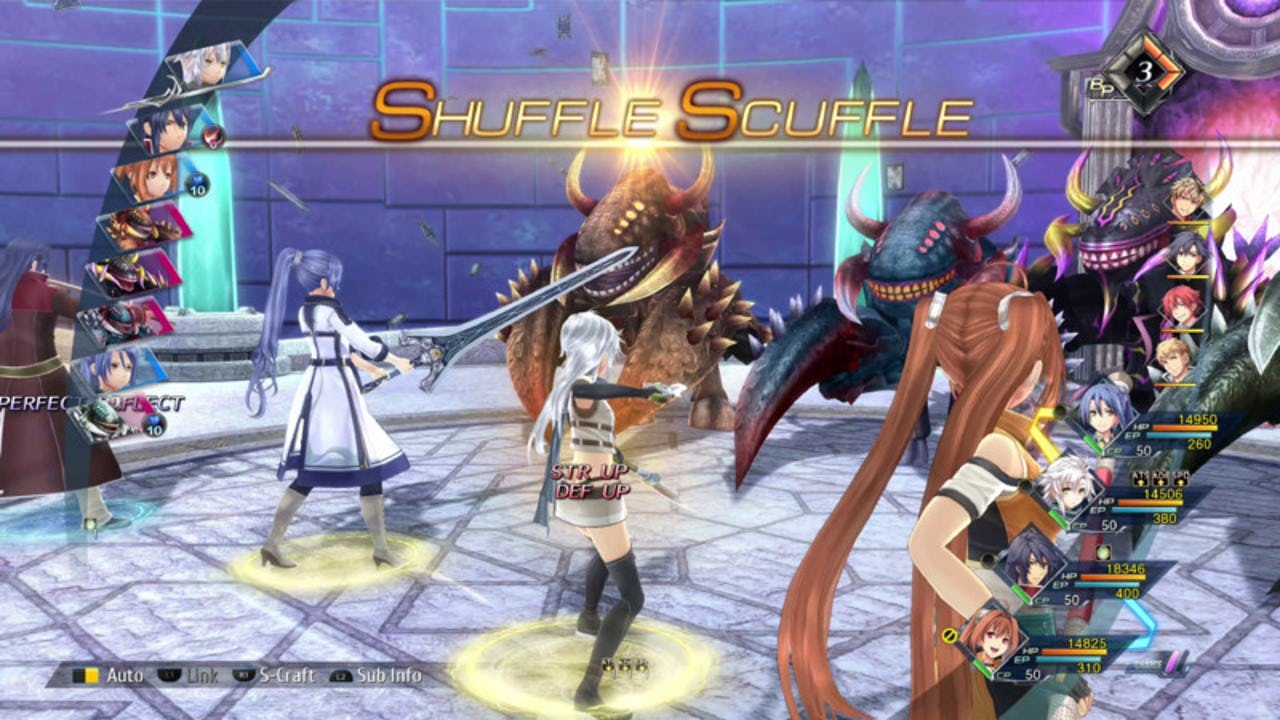
It also makes the same weird choice as Cold Steel to intersperse voice acting in certain lines of dialogue, while the vast majority is unvoiced. It’s much more noticeable this time around, however, as the game jumps back and forth between voiced and unvoiced lines constantly. I understand there are choices to be made in a game of this budget with this vast of a script, but it feels like there could have been better options on where to insert voice acting, so it’s not so jarring.
Trails into Reverie heavily leans into what the series does well in terms of narrative, storytelling, and world-building, and it’s better for it. While the linearity may initially seem disappointing, the tighter story pacing and grand cast of characters quickly make those worries seep away. This is a refinement in every sense of the word, while also providing a brief look at where the franchise is heading next.
The truly staggering achievement of Trails into Reverie, however, is that it manages to bring some true catharsis and poignancy to nearly nineteen years of connected storytelling, something that no other video game series in existence can claim.
9/10
The Legend of Heroes: Trails into Reverie launches on July 7 for PS4, PS5, PC, and Nintendo Switch. Inverse reviewed the PS5 version.
INVERSE VIDEO GAME REVIEW ETHOS: Every Inverse video game review answers two questions: Is this game worth your time? Are you getting what you pay for? We have no tolerance for endless fetch quests, clunky mechanics, or bugs that dilute the experience. We care deeply about a game’s design, world-building, character arcs, and storytelling come together. Inverse will never punch down, but we aren’t afraid to punch up. We love magic and science-fiction in equal measure, and as much as we love experiencing rich stories and worlds through games, we won’t ignore the real-world context in which those games are made.







